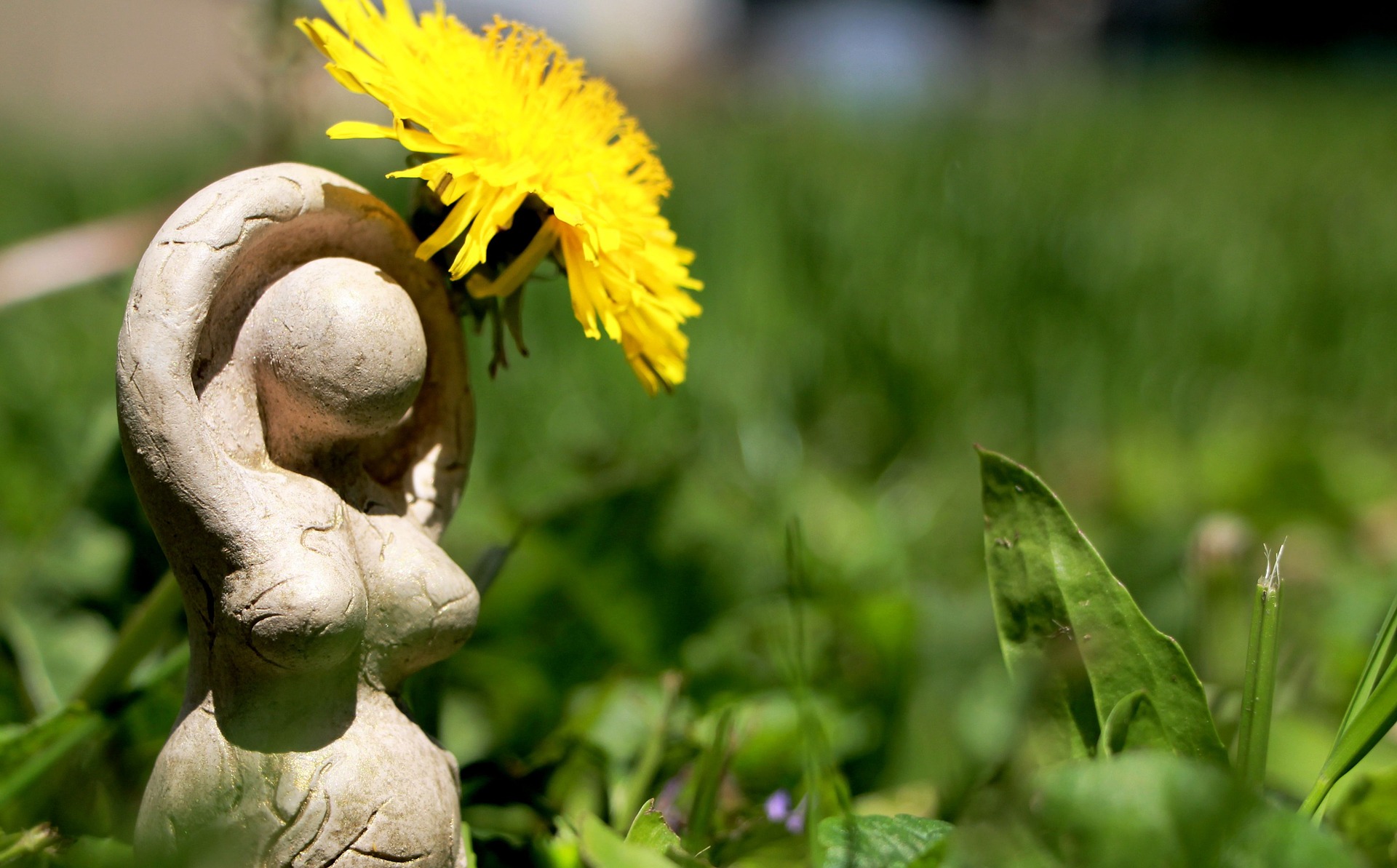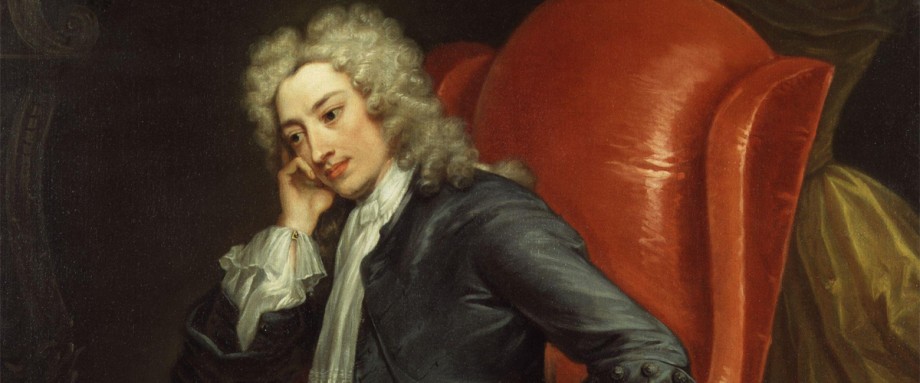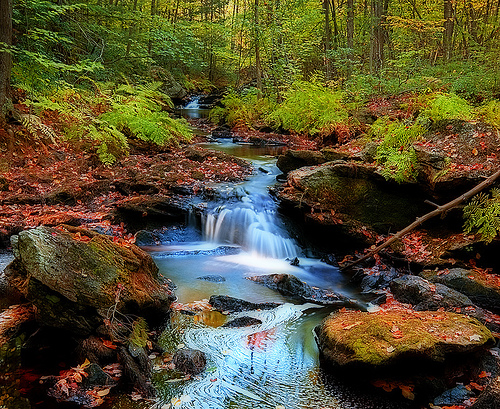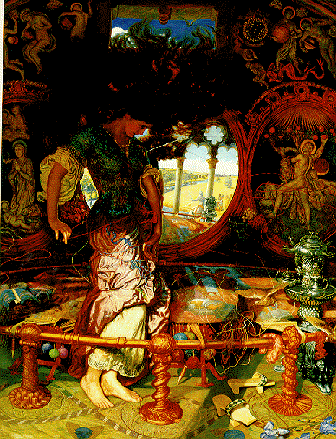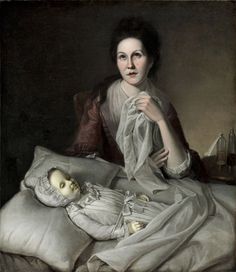Introduction to the Poet:
Alfred Tennyson was born in 1809 at Somersby in Lincolnshire as the son of a clergyman. After schooling at Louth, he proceeded to Trinity College, Cambridge. Here, he won the Chancellor’s Medal for a poem on Timbuctoo. At the age twelve, he wrote an epic poem of 6000 lines and wrote a drama of blank verse at the age of fourteen. Leaving Cambridge without a degree, he lived with his parents for the next 20 years. Living in peace and serenity, he wrote much poetry; all these while his fame was making headway. In 1845, he received a government pension. Appointed as Poet Laureate (1850) in succession to Wordsworth, he married and moved to Isle of Wight.
In his later years, he gained increasing fame, appreciation and applause; and was regarded as the greatest poet of the era.
He died at 1892, at Aldworth, in Surrey and was buried in Westminster Abbey.
The Poem:
The poem “Come into the garden, Maud” by Alfred Lord Tennyson is a heartfelt calling of a lover to his lady love to come into the garden as he waits in the garden. At the night, on the end of a ball, the garden in which the speaker waits for his lady love to arrive is called by him as ‘our garden’. With the images of the garden which consist of the rose, lily, woodbine, acacia, pimpernel the poet creates an image of wonderful paradise and marks the poem yet more remarkable.
Setting of Come Into The Garden, Maud:
The setting of the poem is in a garden.
As the speaker waits for his beloved, his passions and desires are unleashed and the various elements of nature are sympathizing with his passionate wait.
The setting of the poem is made yet more appreciative by the use of poetic devices and lyrical imagery. The beauty is magnified by the implication of deeper significance of the Language of Flowers that are brought forth by the poem itself.
The breeze of morning, the ‘daffodil’ sky, the music and dance in the ball being silenced by the setting moon are wonderfully weaved imageries that excites our senses. The element of sensuality also has a significant effect throughout the poem by the use of terms like ‘planet of Love’ or ‘violets blue of your eyes’.
Poetic devices in Come Into The Garden, Maud:
The rhyme is ABAB.
Symbolism:
‘Musk rose’ is symbolism of charm, ‘Planet of Love’ is a symbolism for sensuousness. The woodbine is associated with chains of love, and thus the poet is imprisoned by chains of love, “Jessamine” is the symbolism for envy and “Slender acacia” is symbolism of platonic love. However, violet is misinterpreted as elements of decorative fancy.
Imagery:
Tennyson writes about a “daffodil sky” and hair “sunning over with curls.” The first joins tactile “daffodils” with ethereal, visible “sky.” The second joins visible light of “sunning” with tactile “curls.”
Pathetic Fallacy:
Tennyson makes use of pathetic fallacy, where “pathetic” means “empathetic” and able to “feel.” Pathetic fallacy assigns human qualities of thought and feeling to nature, inanimate objects, and concepts and thus Roses and Lilies are used as Pathetic fallacy.
Alliteration:
“dancers dancing”, “woodbine spices are wafted”, etc are examples of alliteration.
Repetition:
In the first stanza, “ Come into the garden, Maud” is repeated.
Summary of Come Into The Garden, Maud:
The poem is a dramatic monologue that calls out to the beloved of the speaker as he waits patiently in the garden and thus makes the best effort to describe the eagerness of her arrival. He promises to wait even if he dies and respond to the touch of her feet and bloom as flowers. Through the wonderfully woven poetry, the poem is a heartfelt calling to a beloved.
The poem starts with the speaker calling out his lady love to arrive in the garden as he stands alone in the garden. He further describes the atmosphere saying that the night’s winds have blown the musk of rose and the woodbines are carried by the wind. It is of significance that he is talking about the musk rose which is a symbolism of charm and thus signifies that the charm of the lady is present in the nectar of roses as the wind blows in the air.
Next, he states that the morning is evidently close as the morning breeze is moving, moving closer. ‘The planet of love’ is generally referred to as Venus, but here as Venus is a symbolism of erotic love that a lady bestows, the planet of love is high might mean that the sensuality is in the air. ‘The daffodil sky’ refers to the sky of the Spring and thus the sensuality is in the Spring sky indicating new beginnings.
He goes on to say that throughout the night, the roses has heard the musical instrument being played and the jasmine had heard the dancers dancing with the music and as the moon has set marking the end of the night, the ball has ended and thus a silence fell.
The speaker speaks to the lily saying that his beloved is gay and overjoyed with him only. The dancers, as long as around her , makes her weary and tired because his beloved is genuinely joyful in his presence and everything else is pretension. The moon is half gone and the sun is rising, marking the unison of day and night in the short moment of dawn.
Next, he speaks to the rose and says that the night has passed amidst the babble of people, their enjoyment and celebration but his lady love is only his own and is thus belongs to nobody else. This is a marked sign of possessiveness out of obsession. During the course of the poem, the speaker says that lady love is utterly beautiful. She has violet blue eyes and her walks are so sweet itself that the March wind sets the jewels of her foot print and leads it to the valleys of Paradise that had been their point of tryst.
In spite of his wait, when the lady didn’t turn up yet, the speaker says that the acacia stopped shaking, producing acacia milk, pimpernel plants dozed off and white lake-blossom fell into the lake; but the rose stayed awake and with the lilies it sighed for the breaking of the dawn.
In the last few lines, the speaker refers to his lady love as ‘Queen rose of the rosebud garden of girls’, ‘Queen lily’, as if she is the Queen of flowers and on her upcoming arrival the roses and lilies are brought into life and they start to respond and call that they sense her presence.
At last, the poem ends with a note that even after death, the speaker would wait for her, and blossom to her feet, extruding the love and selfless devotion to her.
Central Idea of Come Into The Garden, Maud:
The central idea of the poem deals with the conveying of a message of selfless love accompanied by devotion. The poet speaks of the wait of a lover for his beloved. With the passing of time from night to dawn, he patiently waits for her talking to the roses and lilies as the nature sympathies with him. Further, the effort of him to love her even after death and blossom as flowers to her feet is yet another wonderful imagery that the poem is enriched with. The garden of their own, which celebrates her arrival and the lover’s wait is the most significant part of the poem with roses, acacia, lilies, woodbine, jessamine as the elements.
Critical Analysis of Come Into The Garden, Maud:
The poem describes a lover’s wait for his lady love at the end of a ball. The speaker would wait in the garden for his beloved. The elements of garden include woodbine species and musk rose which are the symbolism of the charm of the lady that is present in the atmosphere and in his thought. As the morning winds blow, indicating the morning is near the sensuous beauty of the lady is reminiscent in his mind. Throughout the night, the garden has heard the music. He speaks to the lilies and roses, describes the beauty and enigma of the lady love. Throughout the poem, the learnt imagery and the sensualization make the poem even more appealing.
Tone of Come Into The Garden, Maud:
The tone of the poem is one of expectation and hope filled with love. From the first stanza, the poem is full of imageries and flowery decoration of language. The various poetic devices make the poem more appealing and enticing.
The hope of the lover’s arrival is imminent and towards the end it becomes one of happiness and ends in devotion for his beloved even in death.
Conclusion
Typical to the style of Tennyson, this poem is one of lyrical magic, imagery, splendor of diction and stands supreme of the era.
Contributor: Bidisha Das
Some online learning platforms provide certifications, while others are designed to simply grow your skills in your personal and professional life. Including Masterclass and Coursera, here are our recommendations for the best online learning platforms you can sign up for today.
The 7 Best Online Learning Platforms of 2022
- Best Overall: Coursera
- Best for Niche Topics: Udemy
- Best for Creative Fields: Skillshare
- Best for Celebrity Lessons: MasterClass
- Best for STEM: EdX
- Best for Career Building: Udacity
- Best for Data Learning: Pluralsight
